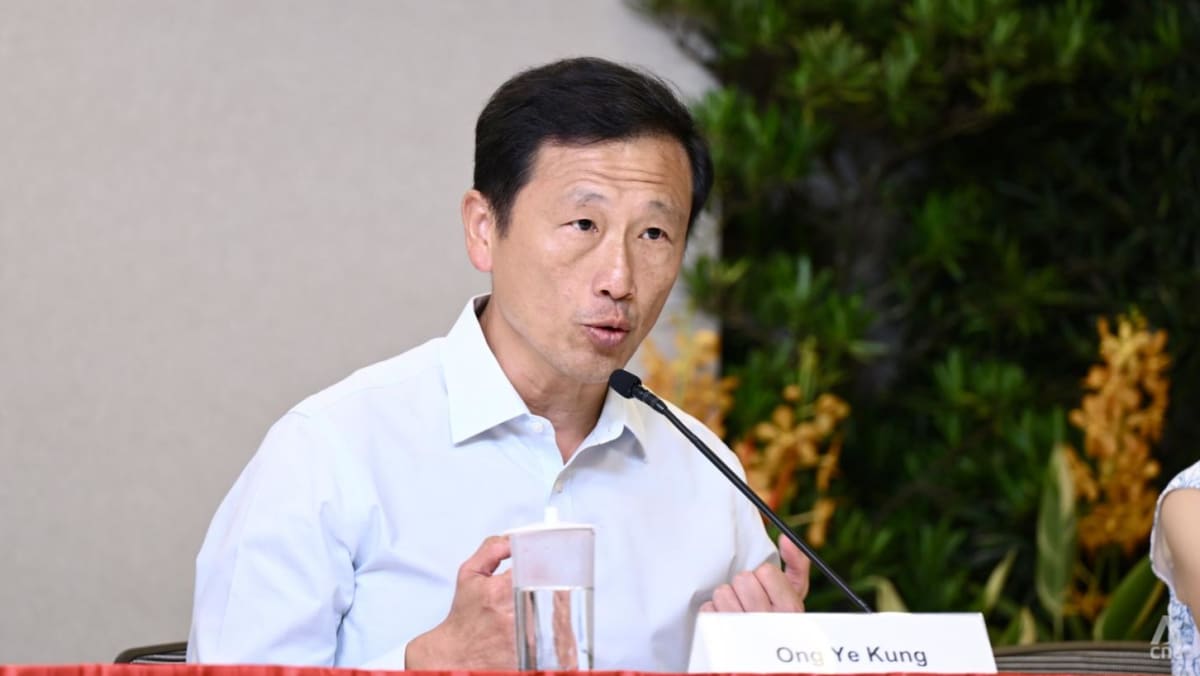As nations build ‘sovereign AI,’ open-source models and cloud computing can help, experts say

Digital illustration of a glowing world map with “AI” text across multiple continents, representing the global presence and integration of artificial intelligence.
Fotograzia | Moment | Getty Images
As artificial intelligence becomes more democratized, it is important for emerging economies to build their own “sovereign AI,” panelists told CNBC’s East Tech West conference in Bangkok, Thailand, on Friday.
In general, sovereign AI refers to a nation’s ability to control its own AI technologies, data and related infrastructure, ensuring strategic autonomy while meeting its unique priorities and security needs.
However, this sovereignty has been lacking, according to panelist Kasima Tharnpipitchai, head of AI strategy at SCB 10X, the technology investment arm of Thailand-based SCBX Group. He noted that many of the world’s most prominent large language models, operated by companies such as Anthropic and OpenAI, are based on the English language.
“The way you think, the way you interact with the world, the way you are when you speak another language can be very different,” Tharnpipitchai said.
It is, therefore, important for countries to take ownership of their AI systems, developing technology for specific languages, cultures, and countries, rather than just translating over English-based models.

Panelists agreed that the digitally savvy ASEAN region, with a total population of nearly 700 million people, is particularly well positioned to build its sovereign AI. People under the age of 35 make up around 61% of the population, and about 125,000 new users gain access to the internet daily.
Given this context, Jeff Johnson, managing director of ASEAN at Amazon Web Services, said, “I think it’s really important, and we’re really focused on how we can really democratize access to cloud and AI.”
Open-source models
According to panelists, one key way that countries can build up their sovereign AI environments is through the use of open-source AI models.
“There is plenty of amazing talent here in Southeast Asia and in Thailand, especially. To have that captured in a way that isn’t publicly accessible or ecosystem developing would feel like a shame,” said SCB 10X’s Tharnpipitchai.
Doing open-source is a way to create a “collective energy” to help Thailand better compete in AI and push sovereignty in a way that is beneficial for the entire country, he added.
Open-source generally refers to software in which the source code is made freely available, allowing anyone to view, modify and redistribute it. LLM players, such as China’s DeepSeek and Meta’s Llama, advertise their models as open-source, albeit with some restrictions.
The emergence of more open-source models offers companies and governments more options compared to relying on a few closed models, according to Cecily Ng, vice president and general manager of ASEAN & Greater China at software vendor Databricks.
AI experts have previously told CNBC that open-source AI has helped China boost AI adoption, better develop its AI ecosystem and compete with the U.S.
Access to computing
Prem Pavan, vice president and general manager of Southeast Asia and Korea at Red Hat, said that the localization of AI had been focused on language until recently. Having sovereign access to AI models powered by local hardware and computing is more important today, he added.
Panelists said that for emerging countries like Thailand, AI localization can be offered by cloud computing companies with domestic operations. These include global hyperscalers such as AWS, Microsoft Azure and Tencent Cloud, and sovereign players like AIS Cloud and True IDC.

“We’re here in Thailand and across Southeast Asia to support all industries, all businesses of all shapes and sizes, from the smallest startup to the largest enterprise,” said AWS’s Johnson.
He added that the economic model of the company’s cloud services makes it easy to “pay for what you use,” thus lowering the barriers to entry and making it very easy to build models and applications.
In April, the U.N. Trade and Development Agency said in a report that AI was projected to reach $4.8 trillion in market value by 2033. However, it warned that the technology’s benefits remain highly concentrated, with nations at risk of lagging behind.
Among UNCTAD’s recommendations to the international community for driving inclusive growth was shared AI infrastructure, the use of open-source AI models and initiatives to share AI knowledge and resources.




